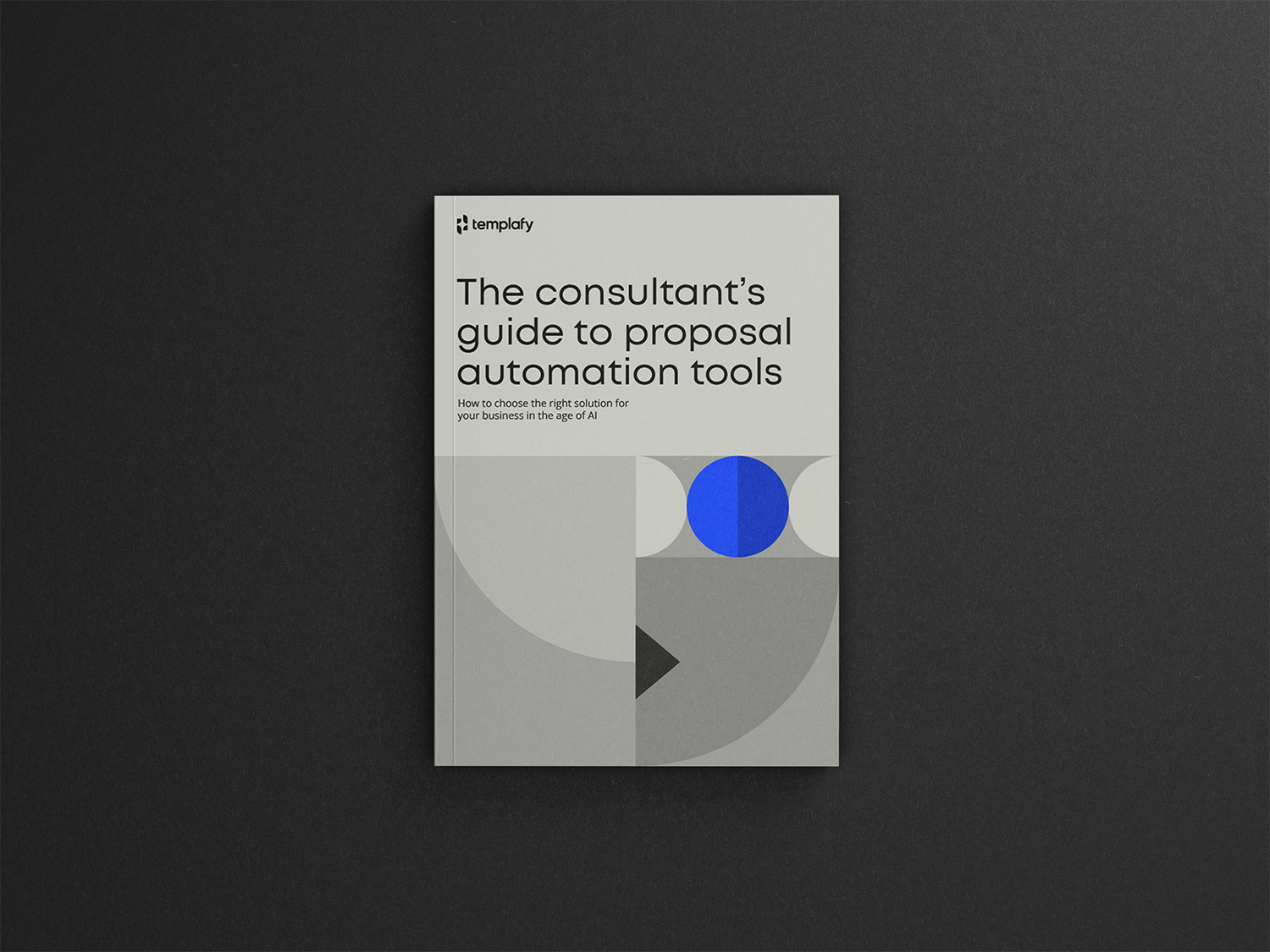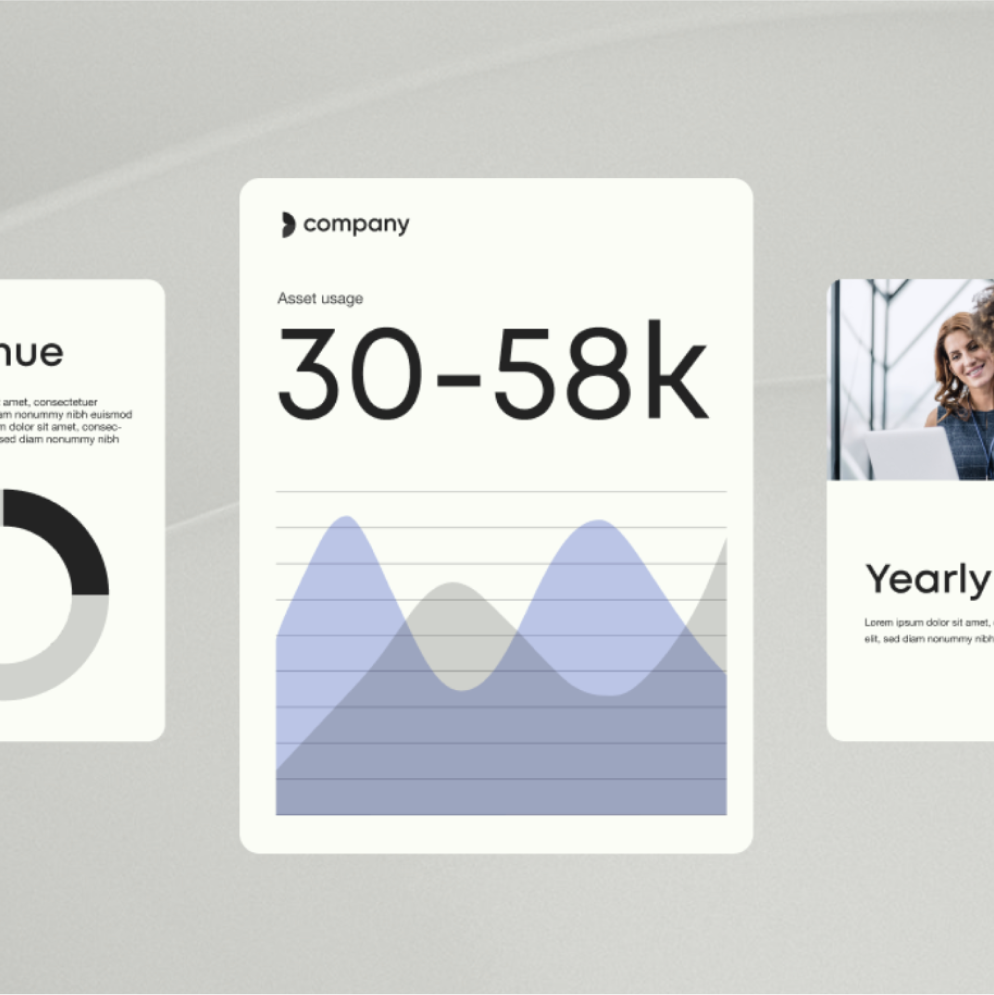HR document automation: Tools, use cases, and how to get started

How to reduce admin work, ensure compliance, and support every stage of the employee lifecycle
HR teams have a lot on their plates. From hiring to offboarding, they manage a constant flow of documents that need to be accurate, compliant, and delivered on time. But when that work becomes overly complex, it pulls HR professionals away from what they do best: supporting people.
Without the right tools, document creation is tedious, error-prone, and full of unnecessary steps. That’s where document automation comes in.
With the right platform, HR teams can automate everyday documents, cut down on repetitive admin, and ensure every file is secure, accurate, and fully aligned with brand and legal standards.
We’ll look at where automation makes the biggest impact, from onboarding and contracts to performance reviews and policy updates. We’ll also explore the most common challenges HR teams face and how to get started without overwhelming your workflows.
With less time spent on document work and more time with people, document automation tools may be the key to putting the human back in human resources.
What is HR document automation?
HR document automation refers to digital tools that help HR teams create, manage, and share important documents. Instead of rewriting the same forms over and over or copying from outdated templates, automation tools generate ready-to-use documents in just a few clicks.
What kinds of documents? Think offer letters, contracts, onboarding forms, policy updates, and performance reviews. These documents need to be accurate, compliant, and personalized. Managing this work manually takes time and leaves room for mistakes.
With document automation, templates remove much of the busywork. Names, job titles, and start dates are filled in automatically. Legal and brand rules are built in. The right version goes to the right person, with document tracking to confirm receipt.
This doesn’t just save time. It also helps HR teams cut down on errors, stay compliant, and give employees a smoother experience. At the end of the day, it’s about letting HR focus on people, not paperwork.
Read more: Getting started with document automation
Why HR teams are moving away from manual workflows
Manual document workflows might have worked when HR teams were small and there were no better options available. But today, they create more problems than they solve.
Old templates live in too many places. Copy-pasting leads to mistakes. Formatting gets inconsistent from one document to the next. And when every offer letter, contract, or policy update needs to be checked by hand, it eats up valuable time.
With automation, HR teams don’t have to start from scratch. Templates are always up to date with centralized management. Information is pulled in automatically from integrated data sources. Documents are consistent, compliant, and ready to go.
This means fewer delays. Less back-and-forth. And way less risk of sending out the wrong version or forgetting a required clause.
More importantly, automation gives HR professionals their time back. Instead of chasing formatting fixes or repeating the same admin tasks, they can focus on what really matters: supporting employees, solving problems, and improving the employee experience.
Read more: 7 reasons your team needs to automate document generation
Where document automation helps most in HR
HR teams deal with documents at every stage of the employee journey, and that adds up fast. The more people you hire, promote, or offboard, the more time you spend with documents.
Here’s where document automation is positioned to make the biggest impact.
| HR process | Document types | Manual risks | How automation helps |
|---|---|---|---|
| Recruitment and hiring | Offer letters, job descriptions, contracts, change letters | Errors in names, roles, formatting; delays in approvals; outdated clauses and legal non-compliance | Quickly generate compliant, branded letters with e-signatures |
| Onboarding | NDAs, onboarding kits, policy signoffs | Missing forms or incorrect data entry | Auto-fill forms based on employee data and role |
| Performance reviews | Review templates, goal-setting forms | Inconsistent scoring or feedback, missed deadlines | Standardized forms for consistent documentation |
| Offboarding | Termination letters, exit surveys, handover checklists | Missed documents, unclear offboarding process | Auto-generate full exit packages and checklists |
| HR administration | Quarterly team review, HR strategy, learning and development documents | Missed initiatives and best practice content, errors in formatting and design | Including up-to-date best practice slides, professional decks |
The top 3 challenges HR teams face (and how to solve them)
Work smarter with automation
Discover new ways to save time and reduce errors with document automation. See how teams use smart tools to work faster.
Even the best HR teams run into roadblocks. Here are three common challenges and how automation makes them easier to handle.
Outdated templates and format inconsistency
When templates are scattered across shared drives and everyone’s using their own version, mistakes happen. Branding gets warped or becomes out of date. Legal disclaimers are excluded. Grammar and language are used incorrectly or inconsistently.
Automation solves this by centralizing templates and locking in formatting, logos, and approved wording. Every document is always up to date and always on brand.
Manual risk in compliance-critical docs
HR handles sensitive data every day. One small error in a contract or policy can lead to legal trouble. With automation, documents are built using the latest legal content and structured metadata. Audit trails, version control, and automatic clause updates reduce risk and help teams stay compliant with GDPR, labor laws, and internal policies.
Resistance to process change
Change is hard, especially when teams are already stretched thin. But automation doesn’t have to be disruptive. The best tools work within your existing workflows and integrate with the systems you already use. Start small with one process, show the quick wins, and build from there. Soon, your team won’t want to go back.
Maintaining security in digital HR workflows
HR is trusted to handle some of the most sensitive information in any organization: employment contracts, salary details, personal data, health disclosures, and more. One misstep in how those documents are managed can lead to legal exposure, regulatory penalties, and a breakdown in employee trust.
That’s why document automation tools must have security and compliance built in. Here’s what to look for.
| Security feature | Why it matters |
|---|---|
| Built-in compliance (GDPR-ready templates, legal clause control) | Ensures every document includes up-to-date, compliant language |
| Dynamic templates based on role or location | Reduces errors and prevents the use of outdated or irrelevant content |
| Encryption and access controls | Protects documents from unauthorized access and keeps employee data secure |
| Audit trails and version history | Tracks who did what and when—crucial for internal reviews and external audits |
How Templafy supports HR automation
Templafy makes it easy for HR teams to automate documents without adding extra steps or systems. It fits right into the tools you already use with minimal time needed for training and onboarding.
Seamless integration with your HR tech stack
Templafy integrates with leading platforms like Microsoft 365, Workday, and SuccessFactors. Employee data flows directly into your documents, so offer letters, contracts, and onboarding forms are auto-filled with the right information.
Smart templates and clause management
With Templafy’s automated template management, you can build smart templates that adapt to each use case. Documents update based on role, department, or location, pulling in the right clauses and formatting every time. No more chasing down the latest version or wondering what’s legally required in a different country.
Built-in brand, legal, and compliance controls
Templafy ensures every document meets your brand guidelines, follows legal standards, and protects sensitive data with enterprise-grade security and privacy controls. Everything is auto-populated, tracked, and audit-ready.
Read more: Calculate the ROI of template management
Additional content
Moving from manual to automated document creation
What to consider when upgrading to an automated document management system.


How to get started: Automating your first HR process
Where to start
The best way to begin is with one high-volume document. Offer letters are a great choice as every new hire needs one, and the content is often similar. Other easy wins include policy sign-offs, NDAs, and onboarding decks. Pick a document that’s repetitive, time-sensitive, and prone to errors when done manually.
Who to involve
Automation works best when everyone’s on the same page. Bring in HR for the content, Legal for compliance, IT for integration, and change management practices to support rollout. This makes the process smooth and ensures you don’t miss anything critical.
What to track
Start measuring impact from day one. Look at how much time you’re saving, whether error rates are dropping, and how employees respond to the new process. Positive feedback and faster turnarounds are a good sign you’re on the right track and ready to scale up.
A single automated process can spark a ripple effect. Start simple, prove the value, and build from there.
Less paperwork, more people work
HR is all about people. But too often, the workday gets swallowed up by admin tasks. It’s a paradox: the more the company grows, the more time HR spends on documents. And that results in less time for the people those documents are meant to support.
But with automated HR document workflows, you don’t just speed things up, you reclaim your time. Templates are centrally managed and distributed. Data flows in automatically. Legal and brand rules are baked in. Documents get done right the first time, without all the manual effort.
And when the paperwork gets done faster, HR can get back to what matters most: creating better employee experiences, solving real problems, and supporting people.
Take the first step towards HR document automation
Book a personalized demo with our team to see how Templafy integrates with your HR systems, adapts to your document needs, and keeps everything compliant.
